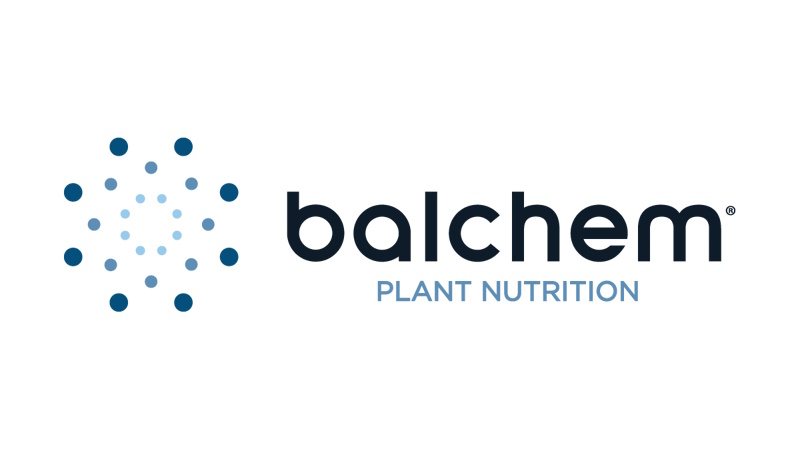Organic Peach-Bagging Project Shows Great Promise

Clemson University researcher Guido Schnabel and graduate student Jaine Allran bag fruit — perhaps the only means to grow quality organic peaches in South Carolina. (Photo credit: Juan Carlos Melgar, Clemson University.)
With some bags and a bit of elbow grease, sustainable and organic peach production may soon be a reality in the Southeast.
Currently, California, Oregon, and Washington account for most of the organic peach market in the U.S. Peaches in South Carolina are a $64 million industry, with the state being second only to California in national peach production.
Consumer demand for high-quality fruit with no pesticide residue is on the rise, but the hot, humid conditions, in addition to the lack of disease-resistant cultivars, make peach production in the Southeast challenging, and organic peach production almost impossible. In fact, only one grower in South Carolina grows organic peaches.
Diseases such as brown rot, peach scab, bacterial spot, and anthracnose, in addition to insect pests such as plum curculio, thrips, scale, and mites make peaches one of the most heavily sprayed crops in the Southeast. It puts peaches on the Environmental Working Group’s scientifically unsound “Dirty Dozen” list, which may be a drawback to ignorant consumers.
Bagging Common Elsewhere
Clemson University researchers Juan Carlos Melgar and Guido Schnabel intend to change that by adopting a technique used on several fruit crops in Asia, Australia, and Spain that involves covering each fruit with a white, specifically designed paper bag that has twist ties attached to the opening. The bag is removed once the fruit is ripe.
One organic and one conventional grower in the Ridge area of western South Carolina volunteered their orchards to help test the theory. Melgar and Schnabel compared two different methods — one that left the fruit bagged until harvest and another that involved removing the bags 10 days before harvest — to a control group of fruit that was not bagged at all.
The process of bagging each peach — which Asian farmworkers can do in less than a second — took Melgar and his students longer, sometimes up to 10 seconds per peach until they grew more comfortable with the process.
Would They Color Up?
The real test, however, would be what they would find when they opened the bags at harvest.
“We did not know what we would find when we opened the bags,” said Melgar. “Would the fruit be rotten? Would it be a pale yellow fruit?”
To their relief the peaches were unblemished and rosy, but not as deep red as the peaches that were never bagged. Aside from the slight color difference, all other qualities were the same among the three groups of peaches: weight, size, sugar content, acidity, and sugar/acid ratio.
Further comparisons revealed that the bagged peaches, particularly those that were bagged until harvest, had less incidence of brown rot and insect damage than the control peaches. Mid-season varieties fared especially well.
The lower occurrence of disease and pest damage led Melgar and Schnabel to feel optimistic about the effectiveness of the bagging technique as a pest and disease management option. Also, it increased marketable yield by decreasing the amount of fruit affected by pests and diseases in the organic orchard, and by reducing cull fruit with skin finish problems caused by environmental factors.
It would also open up the possibility of organic production in the South. The challenge would be the increased cost in the time and labor to bag the peaches. However, selling the peaches at a premium might help defray that cost.
“For conventional growers, I could imagine people bagging some fruit and selling them as priority peaches or low-residue peaches for a premium,” Schnabel said. “I could also imagine that this could be a key component for organic producers, who currently don’t really have the tools to reliably protect fruit from pests and diseases. It is very tough to keep the insects and the disease off the peaches. Those bags might be the answer.”
Commanding Higher Prices
But would consumers buy into paying more for the peaches? Would they even choose them over conventionally grown peaches?
To test consumer reaction to the bagged peaches, Melgar and Schnabel surveyed people at the Clemson Farmers’ Market and at a fruit stand near the university. Survey participants were shown two batches of peaches and asked which one looked more attractive.
A total of 93% of people at the farmers’ market and 86% of people at the fruit stand said they preferred the bagged fruit, despite the fact that the color was less than the peaches that were never bagged. The majority of people said they would be willing to pay up to 80% more compared to conventionally grown peaches.
Melgar and Schnabel calculated that growers might have to sell the bagged peaches for around 10 to 15 cents more per pound than conventional peaches to make up for the increased cost. The researchers are now working to determine if consumers would really be willing to pay enough of a premium to have pesticide-free peaches.
While Melgar and Schnabel explore ways to benefit conventional growers with this technique, they know this method is easily marketable to organic farmers. Because consumers of organic produce are already willing to pay a premium, the bagging method might finally open opportunities for an organic peach market in the South.
Funding for the project came from a 2014 Southern IPM Center IPM Enhancement grant.









